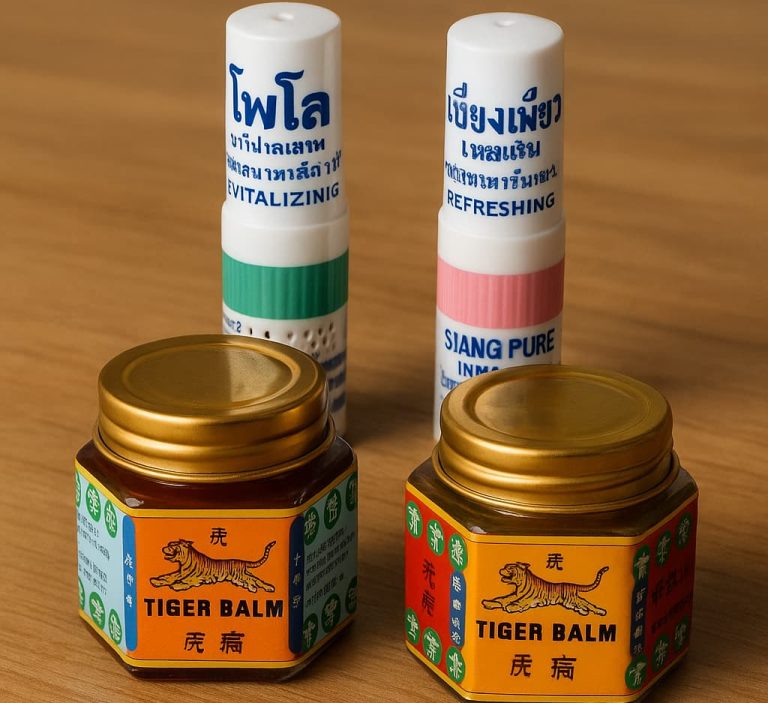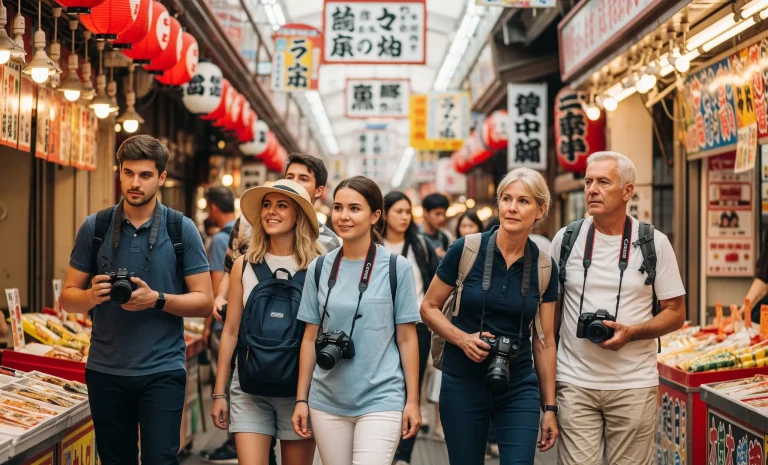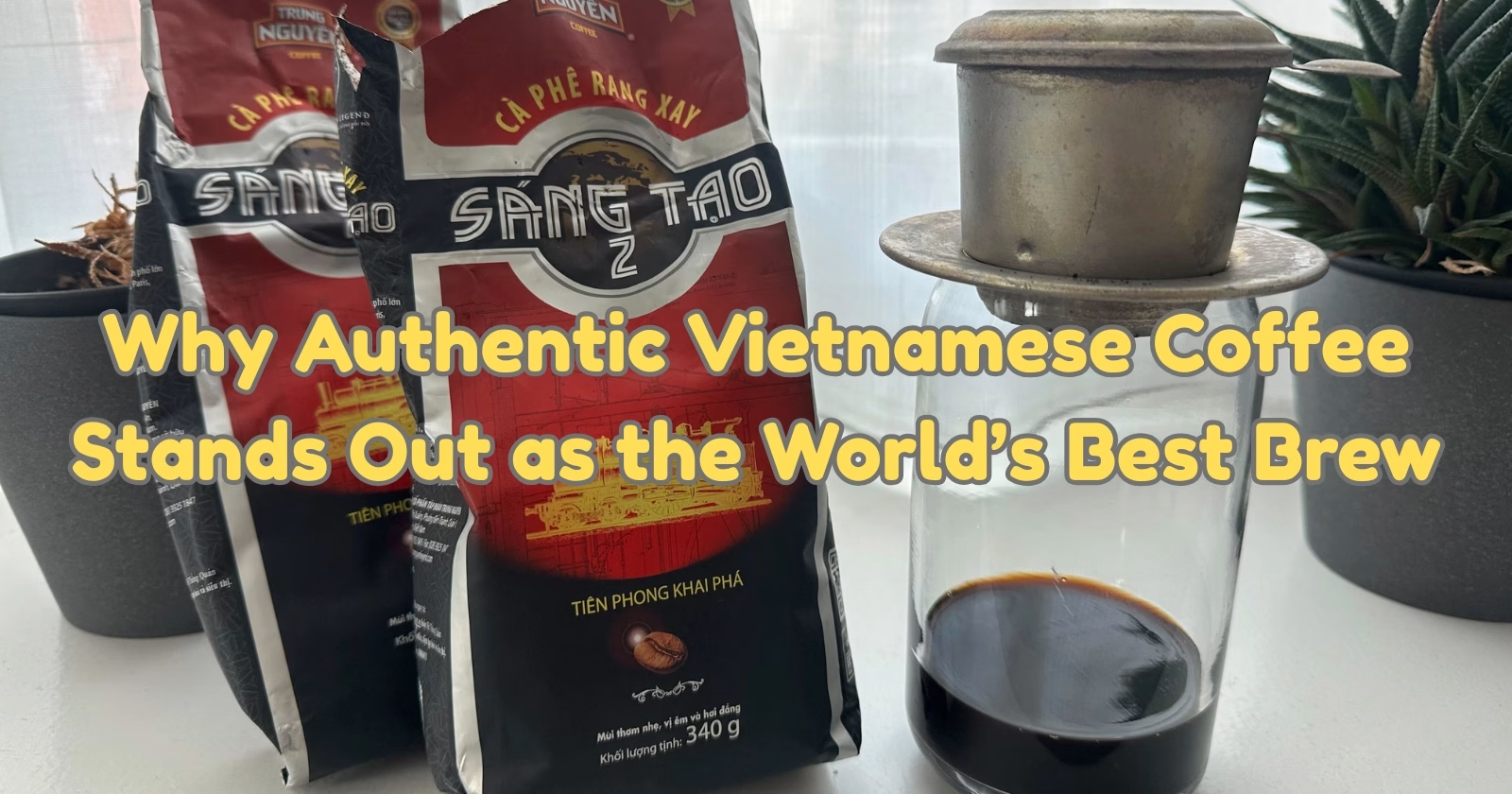
It was almost Christmas when my first journey into the sprawling, vibrant tapestry of Hanoi was an exploration of senses. The city throbbed with a ceaseless rhythm, a symphony of motorbikes, street vendors, and animated conversations. Amidst the charming chaos, I sought a moment of quiet observation, a local corner where I could simply absorb the pulse of the city. I found it in a modest café, tucked away from the main thoroughfare, its low stools spilling onto the narrow pavement. The air inside carried a rich, roasted aroma, distinct from anything I had encountered before.
With a sense of adventure, I pointed to what the menu simply called Cà Phê Sữa Đá.
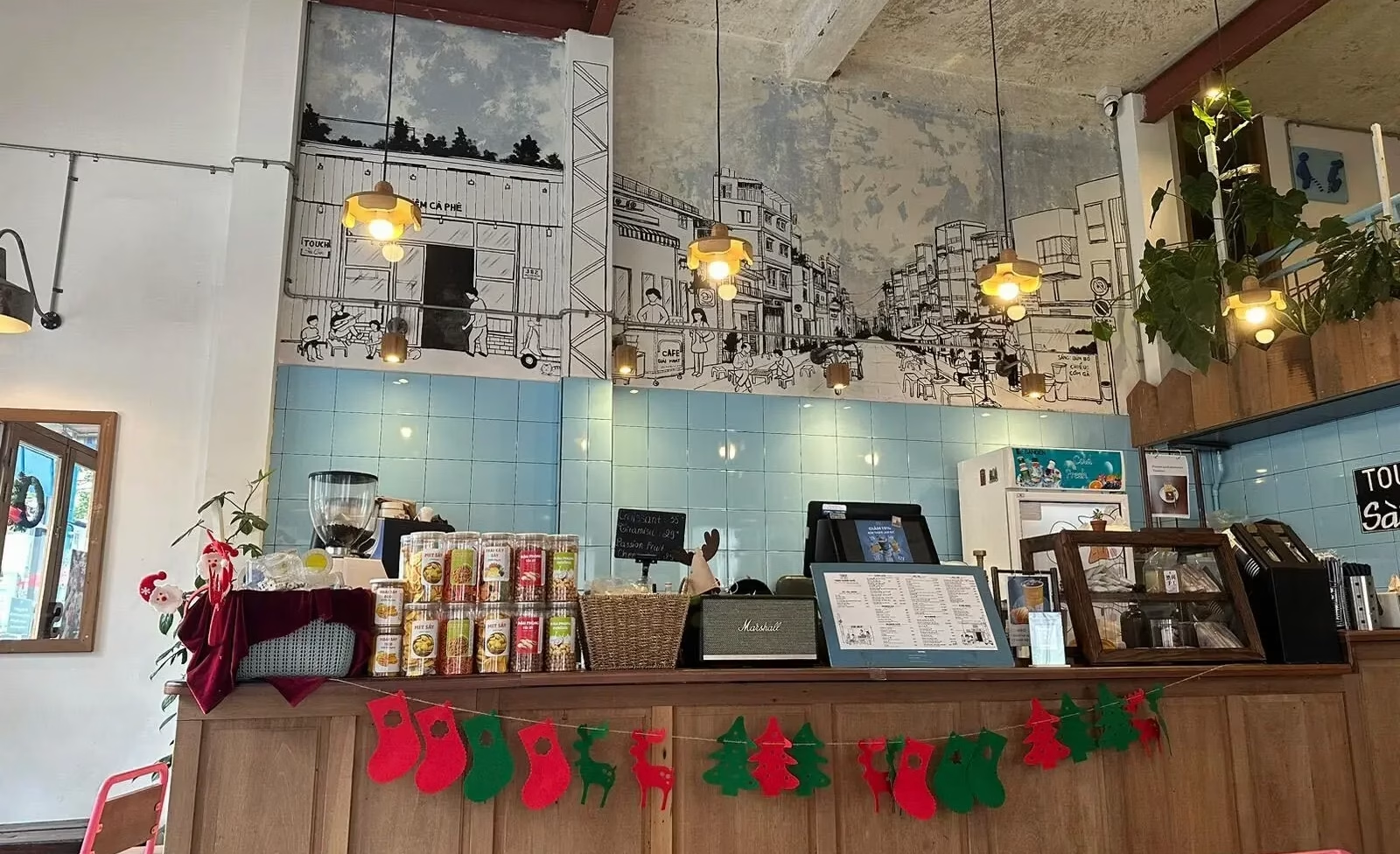
As the barista meticulously set a small, metallic filter atop a glass containing a layer of thick, ivory-colored liquid, a profound sense of anticipation settled over me. What slowly emerged, drop by deliberate drop, was a revelation – a deeply potent, dark liquid descending into the sweetened base, transforming into a swirling, caramel-hued elixir. From that first sip of authentic Vietnamese coffee brew, my understanding of coffee, and indeed, of flavor, was forever altered.
This experience, deeply rooted in the everyday rituals of Vietnam, encapsulates why this particular brew stands out on the global stage. It is not merely a beverage; it is a cultural anchor, a testament to ingenuity, and a sensory journey. Vietnamese coffee, with its distinctive preparation and robust character, offers a profound insight into the nation’s spirit. We will delve into the historical roots, the unique components, the precise methods that define this remarkable drink, and how you can bring this captivating experience into your own home.
The Distinct Elements: Beans, Brew, and Sweetness
The characteristic profile of Vietnamese coffee is a meticulous construction, arising from a synergy of specific components and a unique brewing technique. Understanding each element is key to appreciating its final form.
The Robusta Foundation
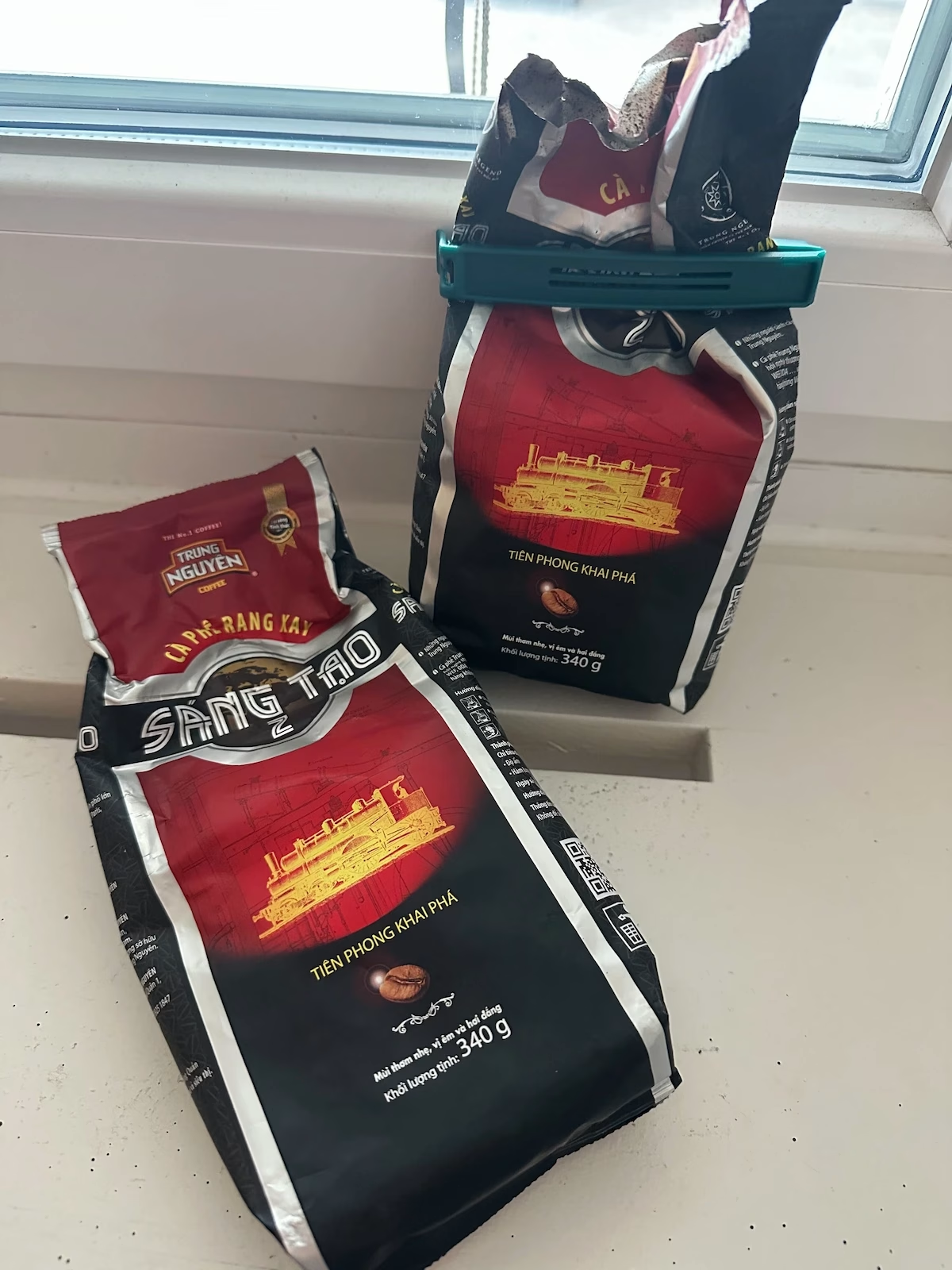
Unlike many Western coffee traditions that prioritize Arabica beans, Vietnamese coffee predominantly utilizes Robusta. This choice is foundational to its distinctive character. Robusta beans typically contain nearly double the caffeine content of Arabica, yielding a brew with a more pronounced, assertive character. Objectively, Robusta coffee exhibits a bold, full-bodied presence on the palate, often with earthy undertones and notes that can verge on chocolate or nutty characteristics.
When roasted to a dark, often oily finish, as is common in Vietnam, these beans develop a pungent aroma and contribute to the formation of a thick, persistent crema – a reddish-brown foam that crowns the surface of the freshly brewed coffee. The cultivation of Robusta in Vietnam’s central highlands, with its specific climate and soil composition, further enhances these intrinsic qualities. For a deeper understanding of these bean types, one might explore resources detailing the differences between Robusta vs Arabica.
The Phin Filter
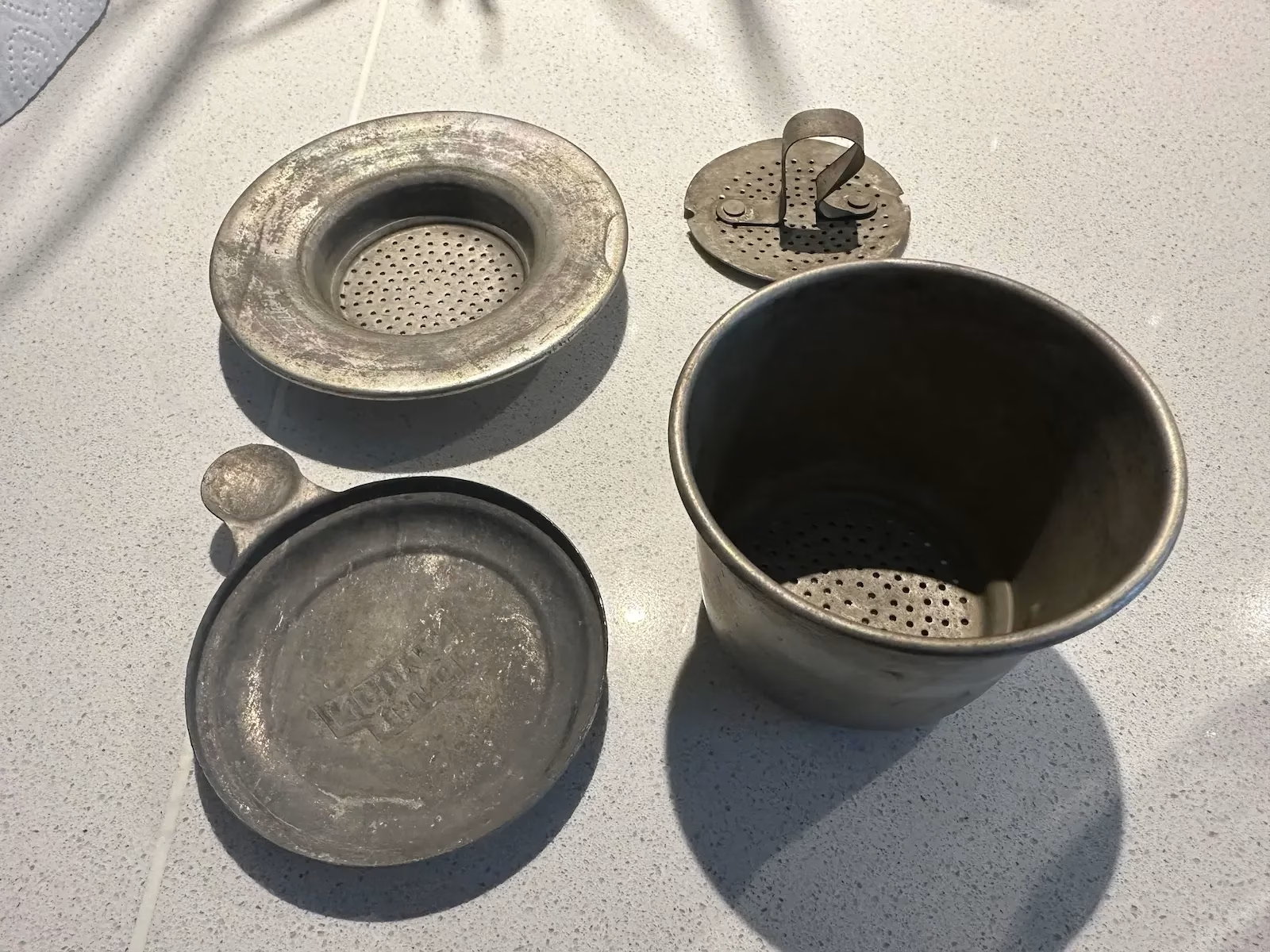
The heart of the authentic Vietnamese coffee brew lies in the Phin filter, a simple yet remarkably effective brewing device. This small, individual metal drip filter comprises a round perforated plate, a brewing chamber, a tamper or press, and a lid.
The process is one of patient, gravity-driven extraction. Finely ground coffee is placed in the chamber, gently tamped down, and then hot water, just off the boil, is poured over the grounds. What follows is a slow, methodical drip, a visual meditation as the dark, viscous liquid descends, one precious drop at a time, into the waiting cup below. This extended contact time between the water and the coffee grounds, characteristic of the Phin method, ensures a potent, highly concentrated extraction, capturing the full spectrum of the Robusta bean’s assertive flavors. The process is a quiet ritual, a moment of anticipation.
I recall a bustling morning in Hanoi, watching my own Phin slowly working its magic. There was a gentle, rhythmic ‘plink’ as each drop landed, a small, subtle sound against the backdrop of the waking city, teaching me the value of unhurried preparation. This methodical approach highlights the essence of Vietnamese coffee culture, valuing the journey as much as the destination.
Sweetened Condensed Milk
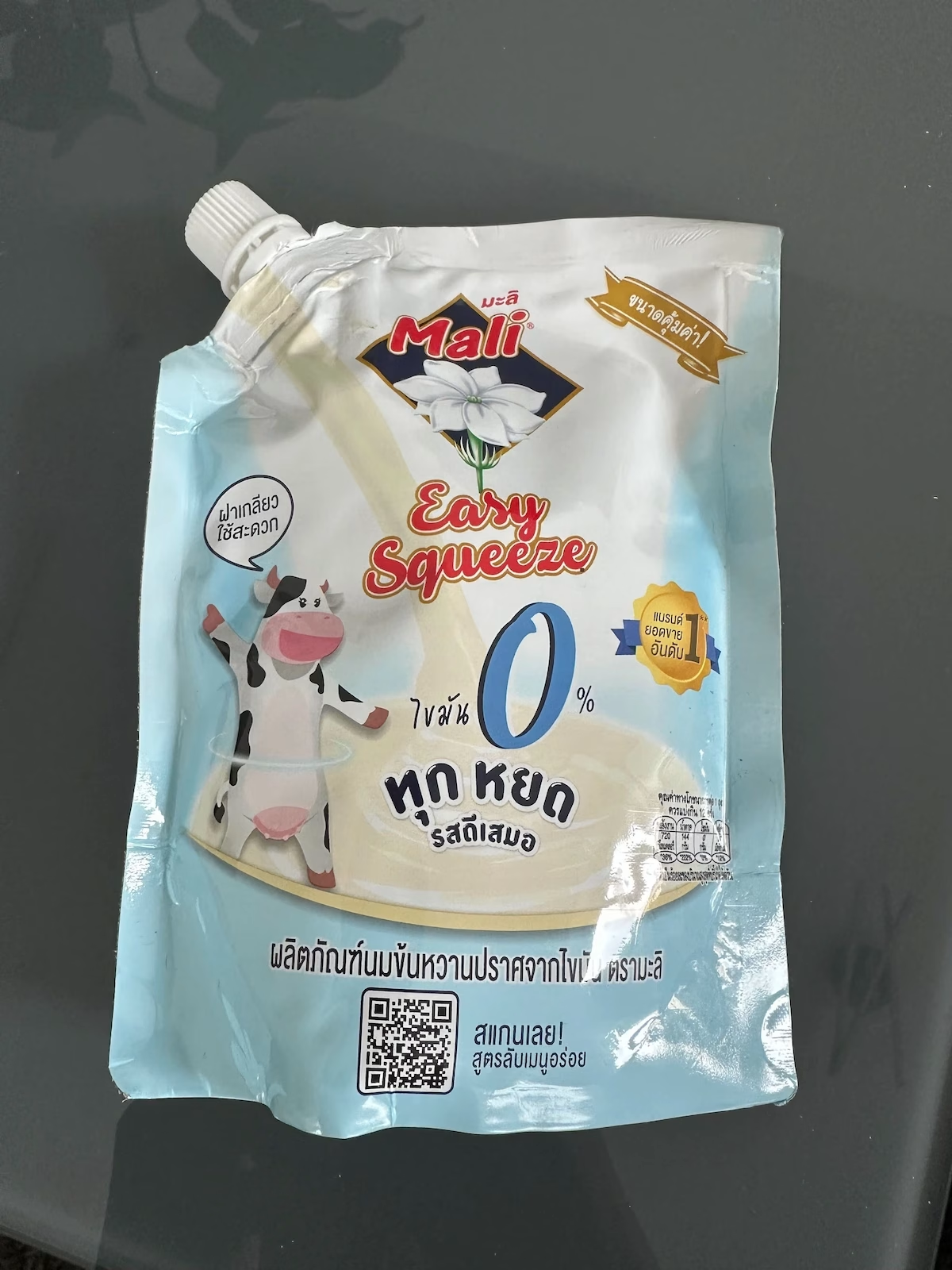
The use of sweetened condensed milk is perhaps the most iconic partner to Vietnamese coffee. Its inclusion is rooted in history, specifically the challenges of refrigeration in a tropical climate where fresh milk was not always readily available or easily preserved. Condensed milk, with its long shelf life and inherent sweetness, provided a practical solution. Objectively, it contributes several key sensory dimensions.
Visually, it forms a distinct, opaque layer at the bottom of the glass, creating a striking contrast with the dark coffee that drips on top. This combination produces a balanced, full-bodied beverage that is both invigorating and remarkably smooth.
Varieties and Practical Application
The foundational elements of Robusta, the Phin, and condensed milk combine to form several beloved variations of Vietnamese coffee, each offering a distinct experience.
Popular Vietnamese Coffee Varieties
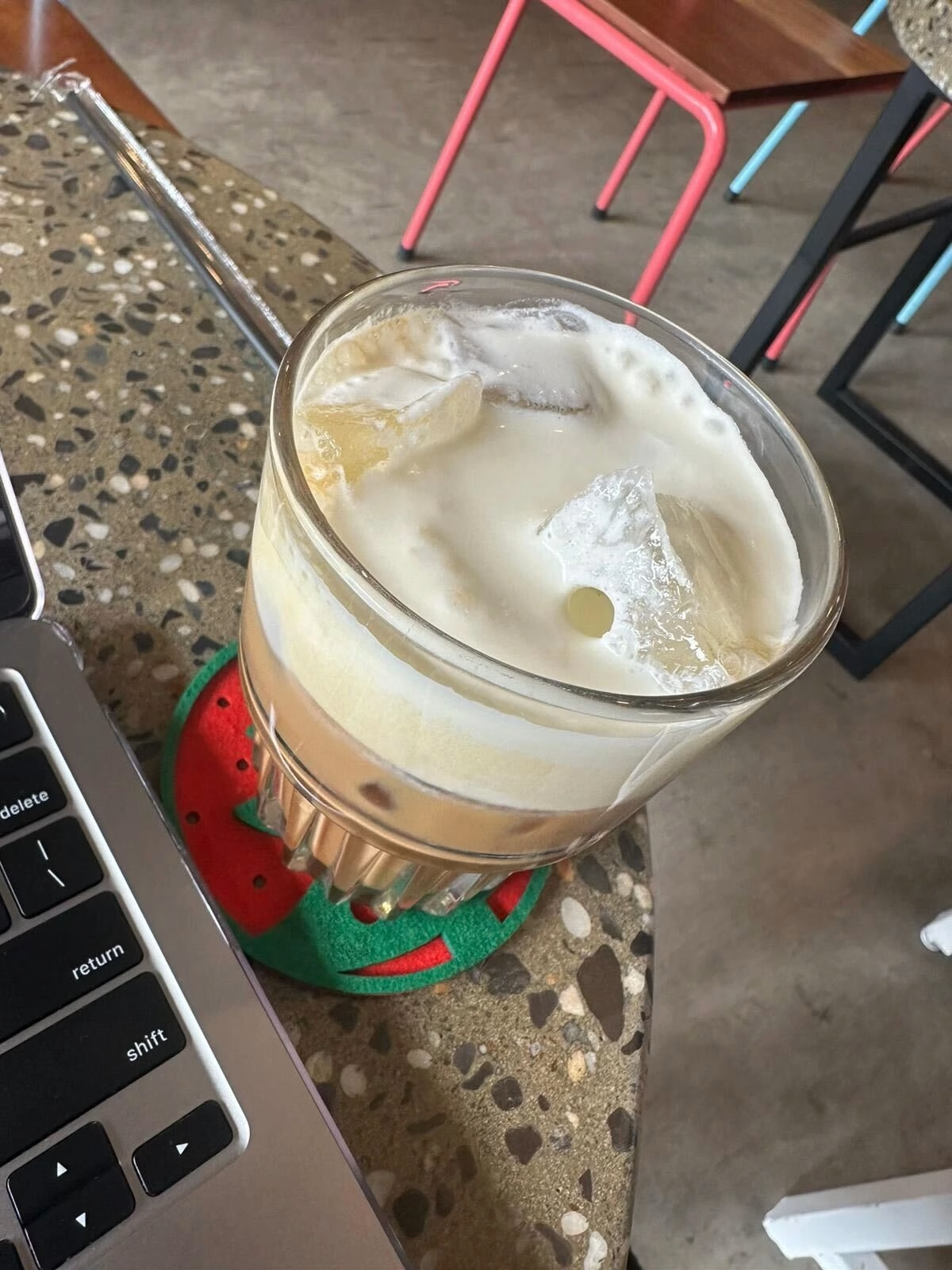
- Cà Phê Sữa Đá: This is the classic iced coffee with condensed milk, the very brew that captivated me in Hanoi. The prepared coffee, still warm from the Phin, is stirred into the condensed milk and then poured over a generous amount of ice. The result is a cold, profoundly sweet, and remarkably potent beverage, characterized by a smooth, viscous mouthfeel and a deep, caramel-like color. Its cooling effect offers a refreshing contrast to warm weather.
- Cà Phê Đen Đá: For those who appreciate the unadulterated strength of the coffee, Cà Phê Đen Đá is iced black coffee. Prepared without condensed milk, it showcases the raw power and earthy boldness of the Robusta beans. Its appearance is a pure, inky black, and its aroma is intensely roasted. This version delivers a direct and vigorous caffeine presence.
- Cà Phê Trứng (Egg Coffee): A specialty of Hanoi, egg coffee presents a unique sensory profile. It features a frothy, airy layer made from whisked egg yolk, sugar, and condensed milk, meticulously spooned atop a small cup of robust black coffee. The egg cream possesses a rich, custard-like texture and a golden hue, providing a luxurious, velvety contrast to the bitterness of the coffee underneath. The aroma combines the roasted notes of coffee with a subtle sweetness from the egg mixture. This creation arose from scarcity during the French Indochina War, when fresh milk was in short supply.
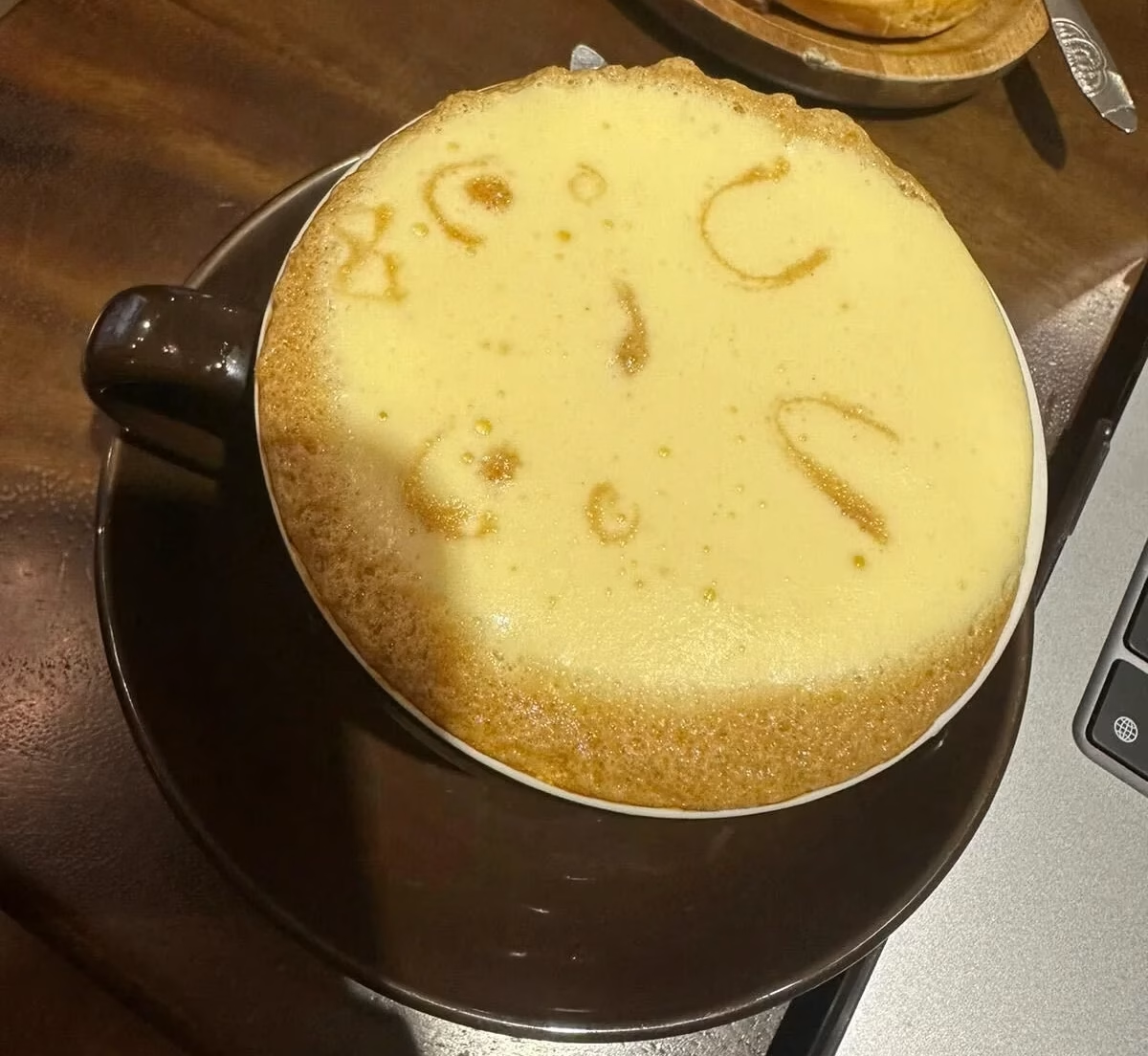
Vietnamese egg coffee - Cà Phê Cốt Dừa (Coconut Coffee): This variation offers a tropical twist. It typically involves a blend of coffee with coconut milk or a coconut cream slush, often served chilled or blended with ice. The drink presents a frosty appearance and a smooth, almost milkshake-like consistency. Its aroma is distinctly tropical, blending the rich coffee notes with the sweet, fragrant essence of coconut.
The Genesis of Vietnamese Coffee
The journey of coffee to Vietnam commenced in the mid-19th century, introduced by French colonialists. Initially, Arabica beans were cultivated, primarily in the northern regions. However, the tropical climate and fertile central highlands of Vietnam proved exceptionally conducive to the cultivation of Robusta coffee plants. This particular varietal, known for its resilience and high yield, quickly flourished, transforming Vietnam into one of the world’s leading coffee producers, particularly of Robusta beans. This historical trajectory set the stage for the development of a coffee culture that is uniquely Vietnamese, shaped by available resources and local ingenuity.
Coffee in Vietnam rapidly transcended its colonial origins, becoming an integral part of daily life and social fabric. It evolved from a European import into a distinctly Vietnamese institution. From the early morning hours, as the city awakens, to late into the evening, coffee shops hum with activity. They serve as meeting points for business discussions, casual gatherings with friends, or solitary moments of reflection. The act of sharing a cup of coffee is deeply ingrained in social etiquette, a gesture of hospitality and camaraderie. This pervasive presence means that coffee is not just consumed; it is experienced, a backdrop to the narratives of everyday Vietnamese life.
Recreating the Authentic Vietnamese Coffee Brew at Home
The beauty of Vietnamese coffee is that its authentic preparation is remarkably accessible. To truly appreciate its distinctive qualities, investing in a Phin filter is paramount. These inexpensive and durable filters are widely available online or in Asian markets. Here’s a basic guide:
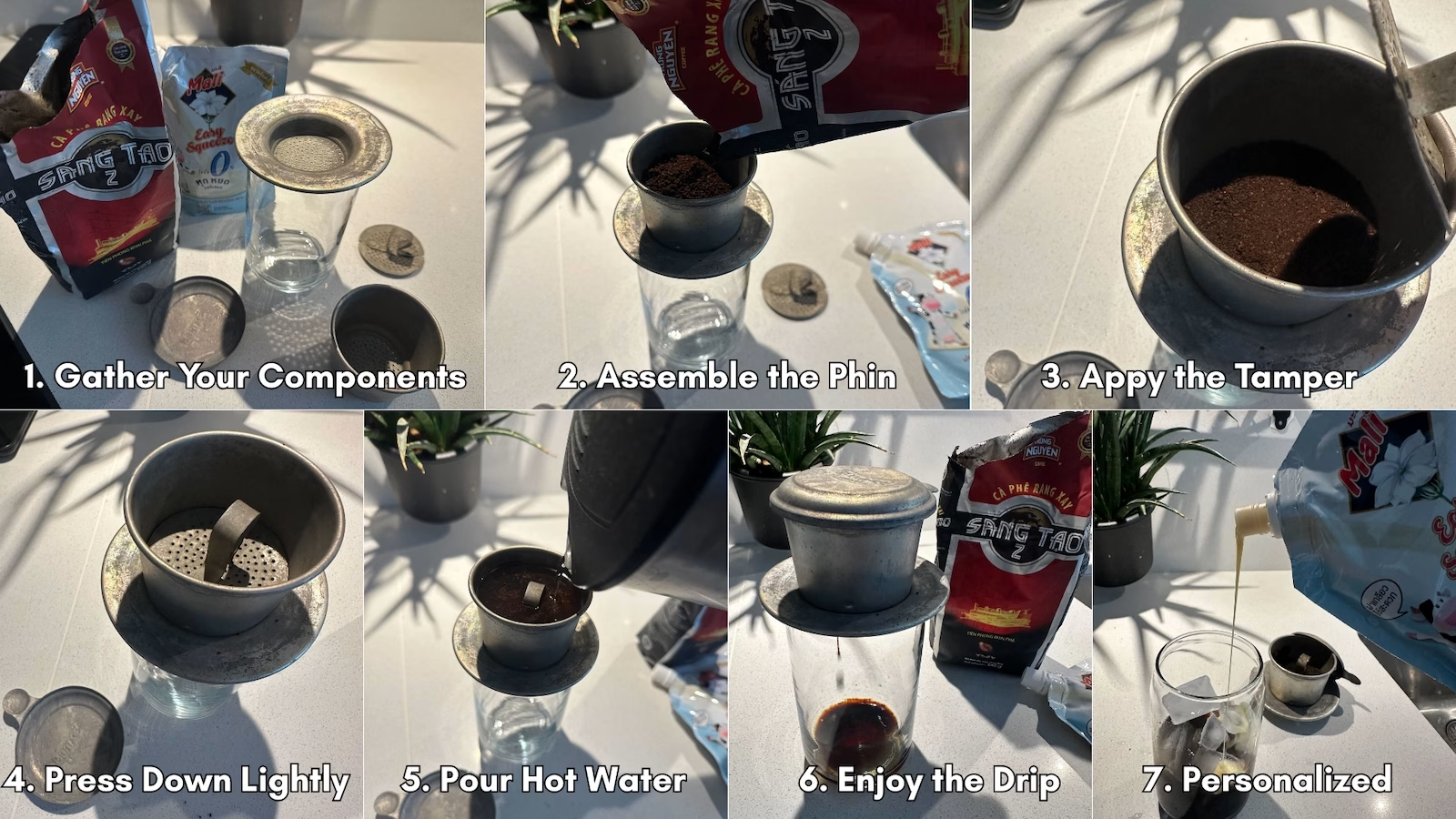
- Gather Your Components: You will need a Phin filter set (the brewing chamber, tamper, and lid), dark roasted Vietnamese Robusta coffee grounds (medium-coarse grind), hot water (just off the boil, around 200°F/93°C), and sweetened condensed milk.
- Assemble the Phin: Place the Phin’s perforated base plate over the rim of your serving glass. Add 2-3 tablespoons of coffee grounds into the Phin’s chamber.
- Apply the Tamper: Gently place the tamper (or press) over the coffee grounds. Press down lightly to ensure the grounds are compact but not overly compressed. This prevents the water from flowing too quickly.
- Initial Bloom: Pour a small amount of hot water (about 1-2 tablespoons) over the tamped grounds. This allows the coffee to “bloom” for about 30 seconds, releasing gases and preparing the grounds for optimal extraction. You’ll observe the grounds expanding slightly.
- The Main Pour: Fill the Phin filter with hot water, almost to the top. Place the lid on top. The water will begin to drip slowly into the glass below. This process typically takes 4-7 minutes, depending on the grind and tamper pressure.
- Enjoy the Drip: Patiently observe the dark, concentrated coffee slowly dripping. This is part of the ritual and ensures a strong brew. Once the dripping stops, remove the Phin.
- Stir and Serve: If you used condensed milk, stir the coffee vigorously to fully incorporate the milk, creating a uniform, creamy beverage. For iced coffee, add a generous amount of ice.
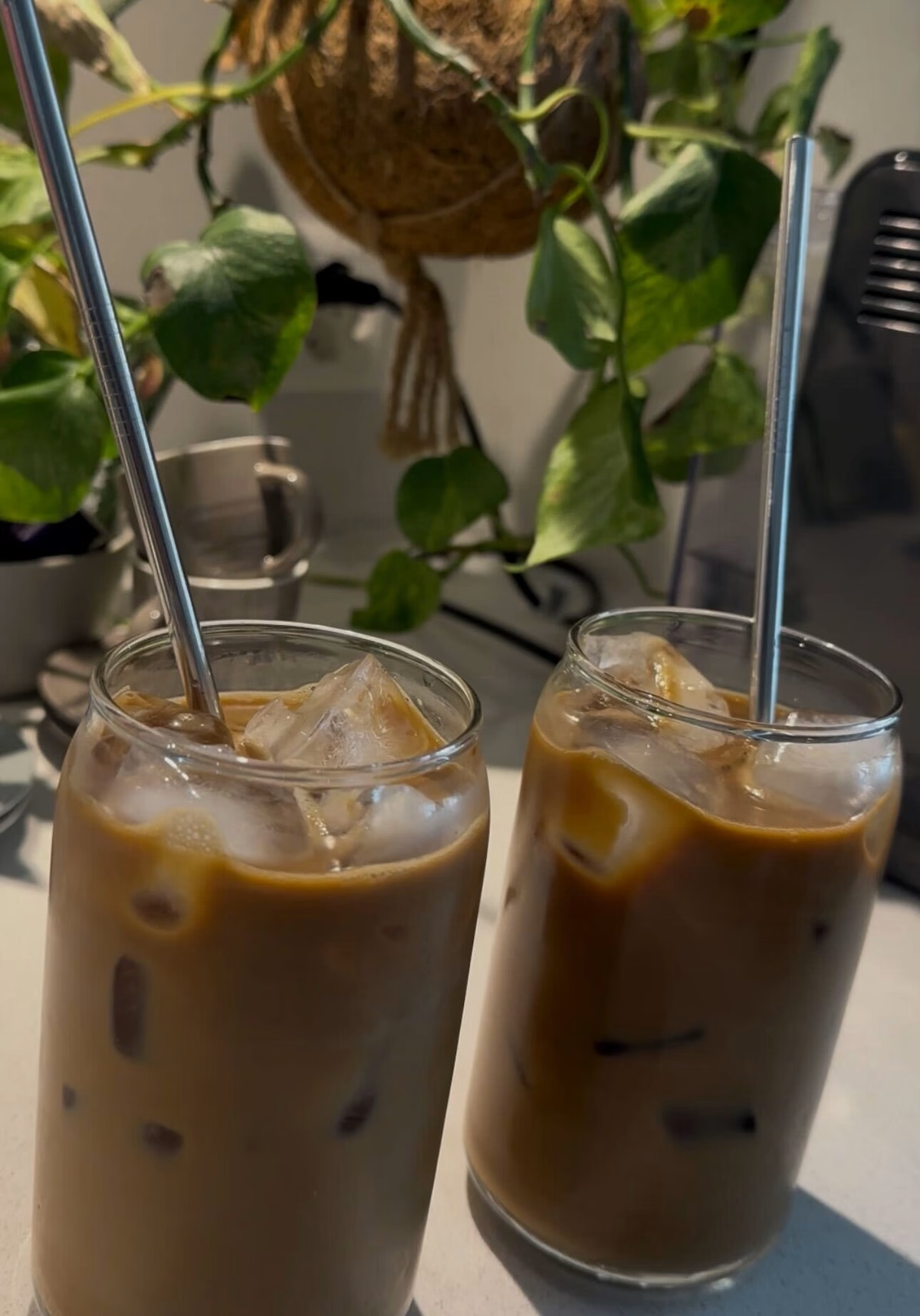
Add in ice and more milk and serve
This patient brewing method, which allows for a deep, slow extraction, is central to the intensity and body of Vietnamese coffee.
Sourcing Authentic Vietnamese Coffee for Home Brewing
While an authentic street food market in Hanoi provides the quintessential experience, recreating the authentic Vietnamese coffee brew at home is entirely feasible. Many major supermarkets now carry Vietnamese coffee brands, particularly in their international or Asian sections. Look for well-known Vietnamese brands such as Trung Nguyen (my absolute favorite), Vinacafe, or Chestbrew.
When selecting, prioritize packages that specify “Robusta” beans and a dark roast. While some brands offer pre-ground coffee, for the freshest taste, consider whole beans that you can grind just before brewing if you have a grinder. Local Asian grocery stores are often a treasure trove for these specific coffee grounds and the Phin filters themselves. Exploring Vietnam’s hidden food scene is a fantastic way to discover unique local brands and techniques, but readily available options can still yield a compelling cup.
Beyond the typical supermarket finds, specialized coffee importers or online retailers can provide access to smaller, artisanal Vietnamese coffee producers, often offering a wider range of Robusta varieties or specific estate-grown beans. When selecting coffee, pay attention to the grind size; a medium-coarse grind is ideal for the Phin filter, allowing for optimal extraction without clogging. For travelers eager to explore other culinary dimensions of the region, understanding the nuances of unique local produce and preparation is key, whether it’s delving into Southeast Asia’s foods or the Filipino food delights. This same principle of seeking out authentic components applies perfectly to Vietnamese coffee.
As with any beverage, moderation is key, especially given the potency of an authentic Vietnamese coffee brew. The experience itself, the deliberate act of preparing and savoring the coffee, can be a moment of mindful enjoyment, contributing to overall well-being. Furthermore, companies like Trung Nguyen have invested in sustainable practices, ensuring that the journey from bean to cup is mindful of both quality and environmental responsibility.
Conclusion: A Brew Beyond Compare
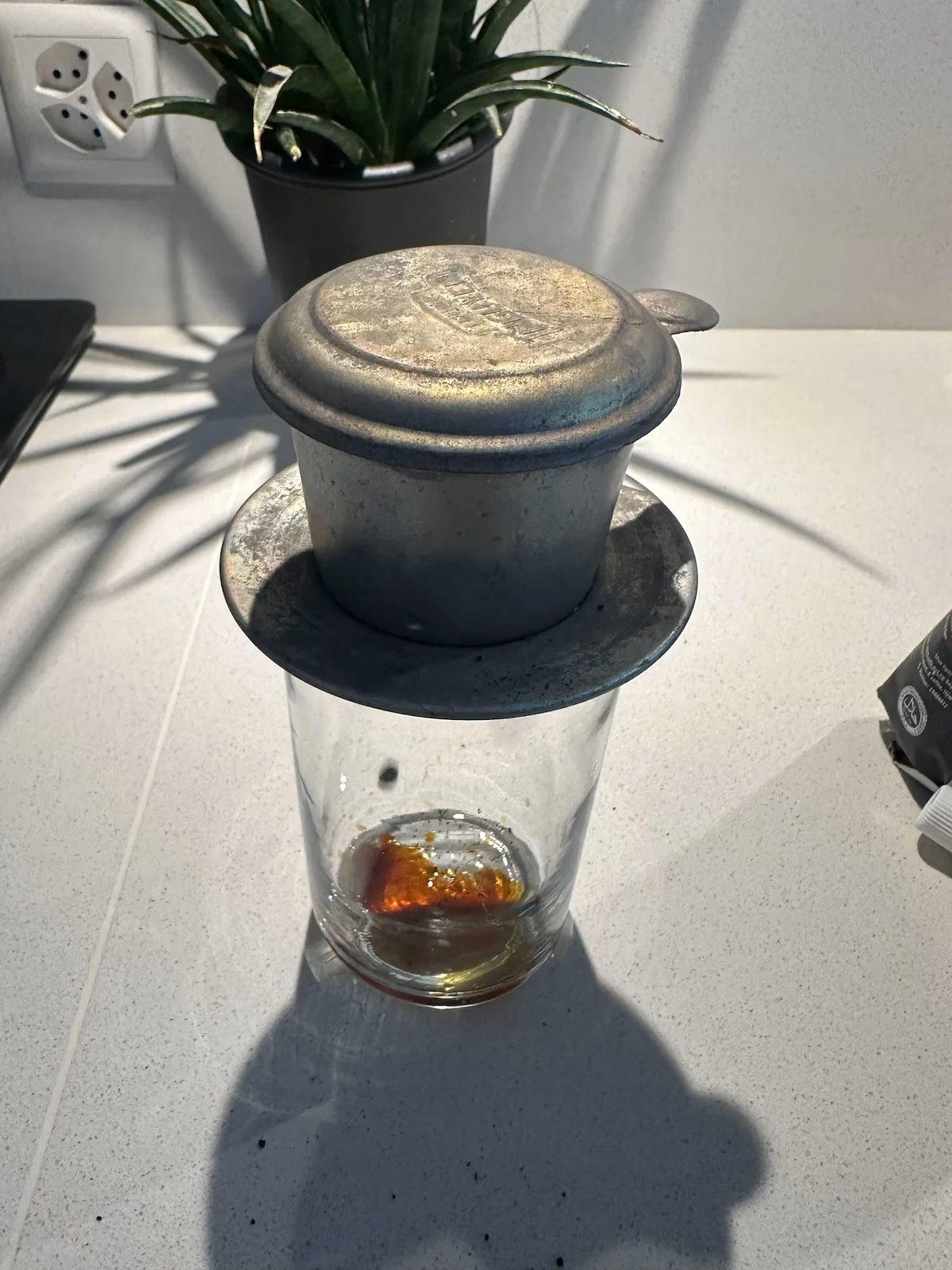
The authentic Vietnamese coffee brew stands as a testament to the profound connection between culture, ingenuity, and the sensory experience. Its distinct character, shaped by the assertive Robusta bean, the patient Phin filter, and the rich embrace of condensed milk, creates a beverage that is simultaneously invigorating and comforting. It is a flavor profile that speaks to centuries of tradition and adaptation, a daily ritual that anchors communities across the nation, from its bustling metropolises to its tranquil, under-the-radar towns in Vietnam.
For those curious to explore these depths further, acquiring a Phin filter and a bag of quality Vietnamese Robusta coffee beans is your first step. Experiment with the proportions of condensed milk, the temperature of the water, and the tamping pressure to discover your preferred rendition of this iconic brew. The world of Asian cuisine is vast and endlessly fascinating, full of flavors that tell stories of their origins. Allowing yourself to delve into the nuances of something as seemingly simple as a cup of coffee opens a gateway to a deeper appreciation of culinary traditions and the rich tapestry of global food culture. May your next cup of authentic Vietnamese coffee brew be a step on your own path of delicious discovery.






